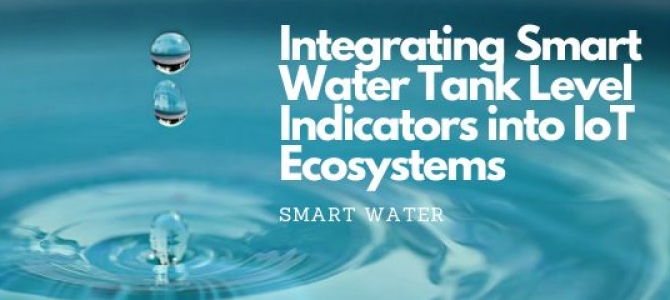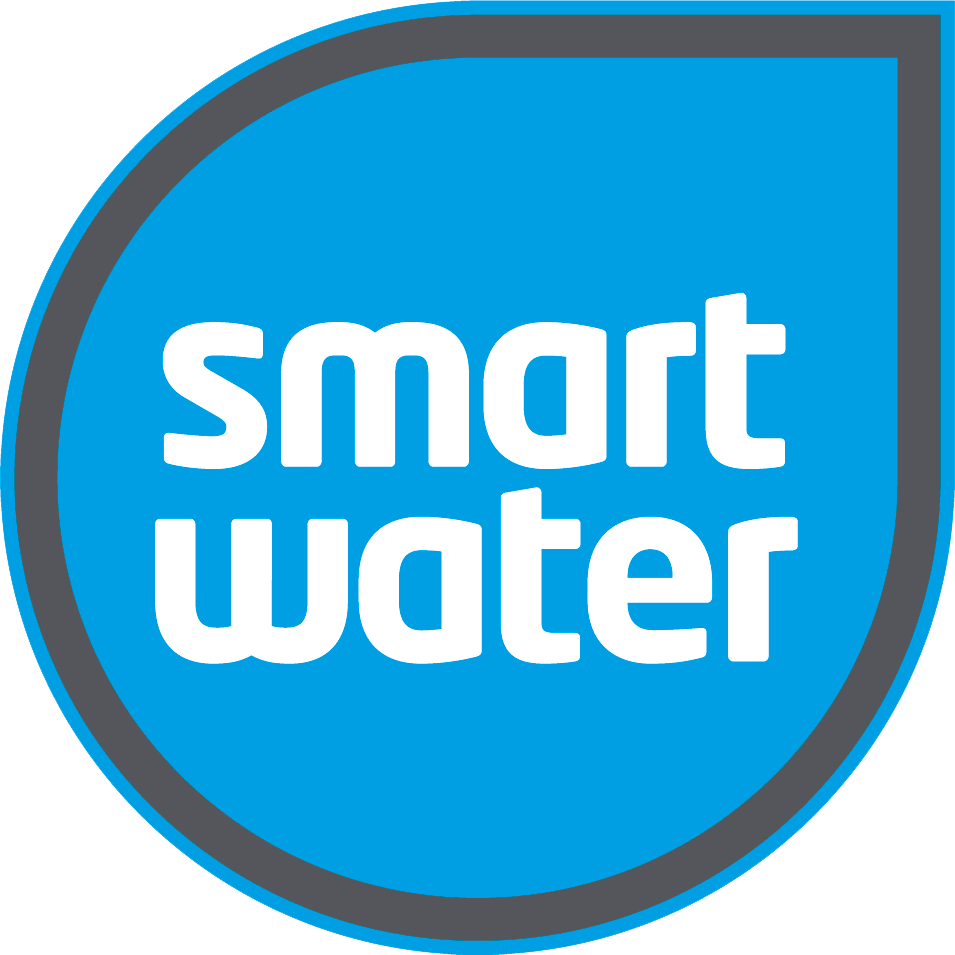 Shopping Cart
Shopping Cart
14 February 2025
Integrating Smart Water Tank Level Indicators into IoT Ecosystems

In today’s technology-driven world, the Internet of Things (IoT) is transforming how we manage water resources. Whether you’re a homeowner in the U.S., a farmer in Australia, or a business owner in New Zealand, smart water solutions can optimise water usage, reduce waste, and improve sustainability.
Smart Water’s tank level indicators integrate seamlessly into IoT ecosystems, providing real-time data and automation to make water management effortless and efficient.
The Growing Influence of IoT in Everyday Life
Many people use IoT technology daily without even realising it. Smart appliances, security systems, and even wearable health devices all leverage IoT connectivity to function efficiently. Water management is no exception. IoT has evolved to integrate seamlessly into various industries, from agriculture and urban infrastructure to home automation and environmental monitoring.
For instance, in the U.S., smart thermostats like Nest use IoT to optimize home heating and cooling based on occupancy patterns. In Australia, smart meters help utilities track and manage energy and water consumption more effectively. Meanwhile, New Zealand’s transportation sector utilises IoT-based traffic management systems to improve road efficiency. These examples highlight how IoT technology is silently transforming our daily lives and industries worldwide.
The Role of IoT in Water Management
Water is a critical resource, and managing it effectively is essential for sustainability and cost efficiency. IoT technology connects sensors and devices to a central system, allowing real-time monitoring and control over water usage. This integration is crucial in regions facing drought conditions, unpredictable weather, and increasing demand for sustainable water use.
Examples of IoT in Water Management:
- United States: In California, smart irrigation systems with IoT sensors help farmers optimise water use based on soil moisture and weather predictions, reducing unnecessary watering.
- Australia: Many rural communities rely on rainwater tanks. IoT-enabled level indicators help homeowners track usage and ensure sufficient water levels, especially in drought-prone areas.
- New Zealand: Dairy farms use IoT water monitoring to track consumption, detect leaks, and comply with water conservation regulations.
How Smart Water Tank Level Indicators Work
Smart Water’s tank level indicators provide real-time insights into water levels, helping users manage resources efficiently. These indicators use ultrasonic and pressure sensors to measure water levels and transmit data to smartphones or central monitoring systems.
Key Features and Benefits:
- Real-Time Monitoring: Prevent shortages or overflows with up-to-the-minute water level tracking.
- Remote Access: Check water levels from anywhere via WiFi or cellular connectivity.
- Automation: Integrate with smart pumps and irrigation systems to automate water distribution based on real-time needs.
- Custom Alerts: Get instant notifications when water levels are too high or too low.
Data-Driven Water Management
One of the biggest advantages of integrating Smart Water’s level indicators with IoT is the ability to collect and analyse water usage data.
How Data Can Improve Water Management:
- Usage Analytics: Identify consumption patterns to optimise water use.
- Predictive Maintenance: Detect potential issues before they become costly repairs.
- Sustainability Insights: Reduce waste and improve efficiency by tracking trends over time.
For example, a business in New Zealand using Smart Water indicators can track water consumption across multiple locations, identifying inefficiencies and saving thousands of litres per year.
Seamless Integration with Other Smart Systems
Smart Water’s tank level indicators work with various IoT platforms, enhancing water management through automation and integration.
Integration Examples:
- Smart Homes: Connect with Alexa or Google Home for voice-activated water level updates.
- Agriculture: Automate irrigation systems in Australia based on real-time tank levels and weather forecasts.
- Commercial Buildings: Link with Building Management Systems (BMS) in the U.S. to monitor water usage in offices, hotels, and industrial sites.
The Future of IoT in Water Management
IoT water management is evolving rapidly, with new technologies improving efficiency and sustainability.
Future Trends:
- AI & Machine Learning: Predict water usage patterns and automate adjustments.
- Advanced Sensors: Monitor water quality, temperature, and usage with greater accuracy.
- Blockchain for Water Tracking: Enhance transparency in water consumption data for regulatory compliance and sustainability goals.
- 5G Connectivity: Faster, more reliable networks will enable seamless data transmission for remote water management solutions.
Overcoming Challenges in IoT Water Monitoring
While IoT offers many benefits, some challenges need addressing:
- Connectivity Issues: Smart Water offers WiFi and cellular-enabled devices to ensure consistent data transmission.
- Data Security: We use encrypted protocols to protect user data.
- Setup Costs: Our scalable solutions cater to both small households and large businesses, making IoT water management accessible to all.
Why Choose Smart Water?
Smart Water’s tank level indicators are designed for reliability, ease of use, and seamless IoT integration. Whether you're in the U.S., Australia, or New Zealand, our solutions help you take control of your water resources, reduce waste, and promote sustainability.
Make smarter water management a reality—explore Smart Water’s innovative solutions today!
